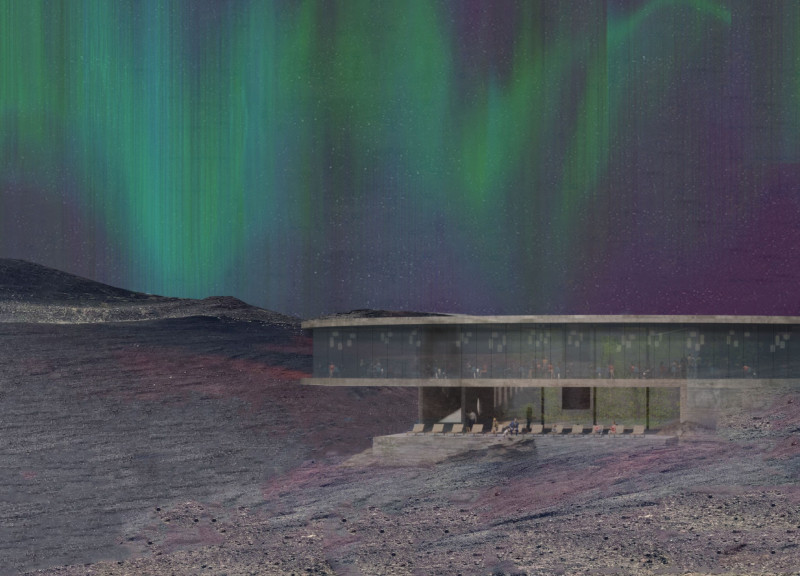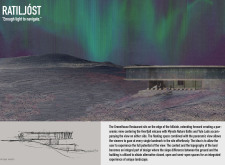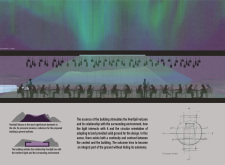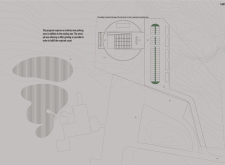5 key facts about this project
At its core, this project functions as a multifaceted space designed to accommodate a variety of activities. Its design considers the essential requirements of its users, providing areas for collaboration, relaxation, and communal interaction. The layout promotes a seamless flow between different spaces, allowing for both private and public interactions while encouraging a sense of community.
Key elements of the design include a distinct use of materials that resonate with the local context. The combination of locally sourced resources and sustainable materials underscores a commitment to environmental responsibility. The project’s exterior may showcase a mixture of crisp, modern lines alongside traditional textures, reflecting a dialogue between contemporary architectural language and local heritage. Glass facades invite natural light into the interior, creating an open and inviting atmosphere that connects the interior spaces with the natural surroundings.
Inside, the arrangement of spaces is intentionally designed to foster interaction while offering moments of solitude. Flexible room layouts allow for easy adaptation to various functions—be it meetings, exhibitions, or community events. Thoughtfully placed windows and skylights enhance the quality of light throughout the day and provide occupants with panoramic views of the landscape, reinforcing the connection between interior spaces and the exterior environment. The use of natural materials within the interior design adds warmth and texture, inviting users to feel at ease in their surroundings.
One of the unique aspects of this project is its emphasis on outdoor spaces. Terraces, balconies, and gardens are incorporated into the design, enabling an effortless transition between indoor and outdoor areas. These spaces not only enhance the aesthetic quality of the architecture but also serve as vital areas for social engagement and relaxation. The integration of green roofs or vertical gardens demonstrates innovative approaches to urban sustainability, promoting biodiversity while reducing heat retention in the building.
This architectural design also demonstrates an acute awareness of environmental factors. Passive design strategies reduce energy consumption, enhancing occupant comfort throughout the changing seasons. Orientation, thermal mass, and ventilation are effectively managed to minimize reliance on mechanical systems, promoting an eco-friendly approach that aligns with contemporary sustainability goals.
Throughout the design process, various architectural ideas are employed to ensure that the project is not only functional but also enriching for its users. Collaborating closely with landscape architects, the integration of nature into everyday experiences fosters a sense of place and community ownership. This symbiosis between nature and built form encourages individuals to engage with their environment actively and develop a deeper appreciation for their surroundings.
As one explores this architectural project, they will find numerous intricacies that highlight the thoughtful approach taken by the designers. From architectural plans that narrate space utilization to architectural sections illustrating the relationship of different levels, each detail contributes to a cohesive understanding of the project’s intent and function. Those intrigued by architectural designs can further investigate the careful selection of materials, spatial arrangements, and unique elements that characterize this innovative project. Engaging with the full presentation of this architectural endeavor will provide insightful perspectives into the creative processes and design philosophies that have shaped this remarkable structure.


























